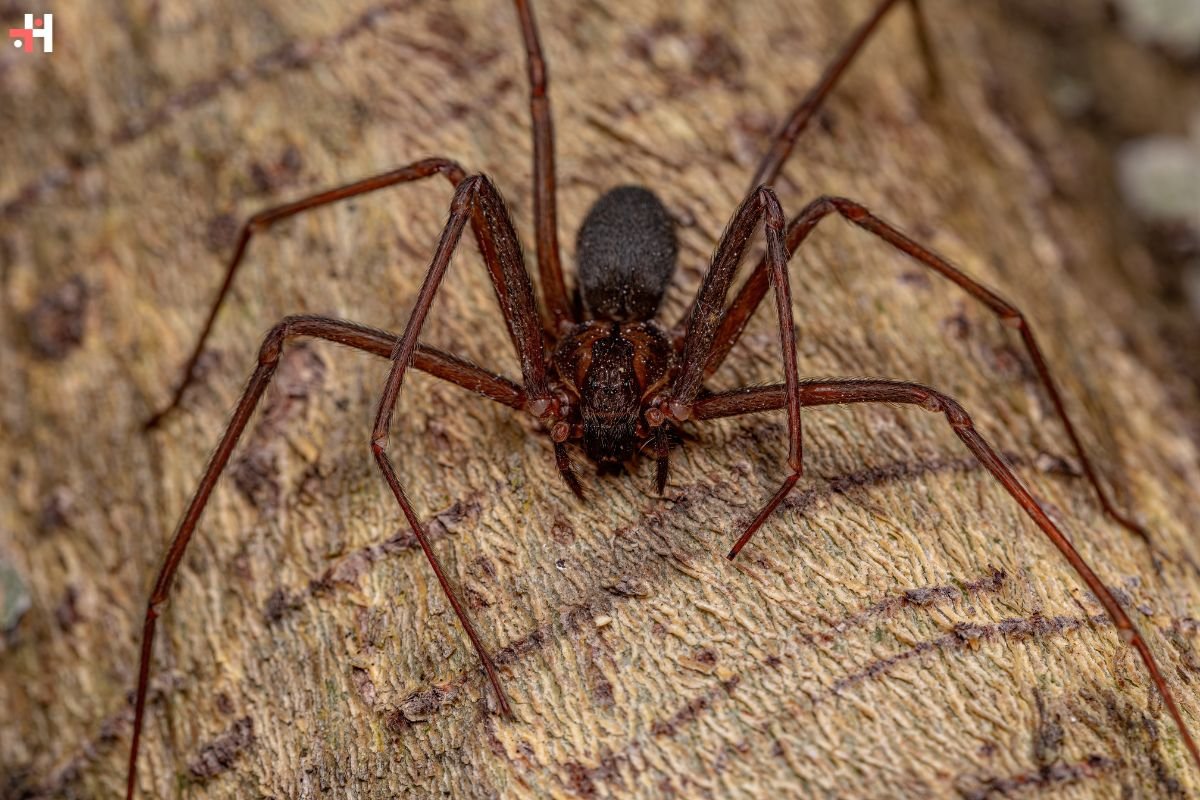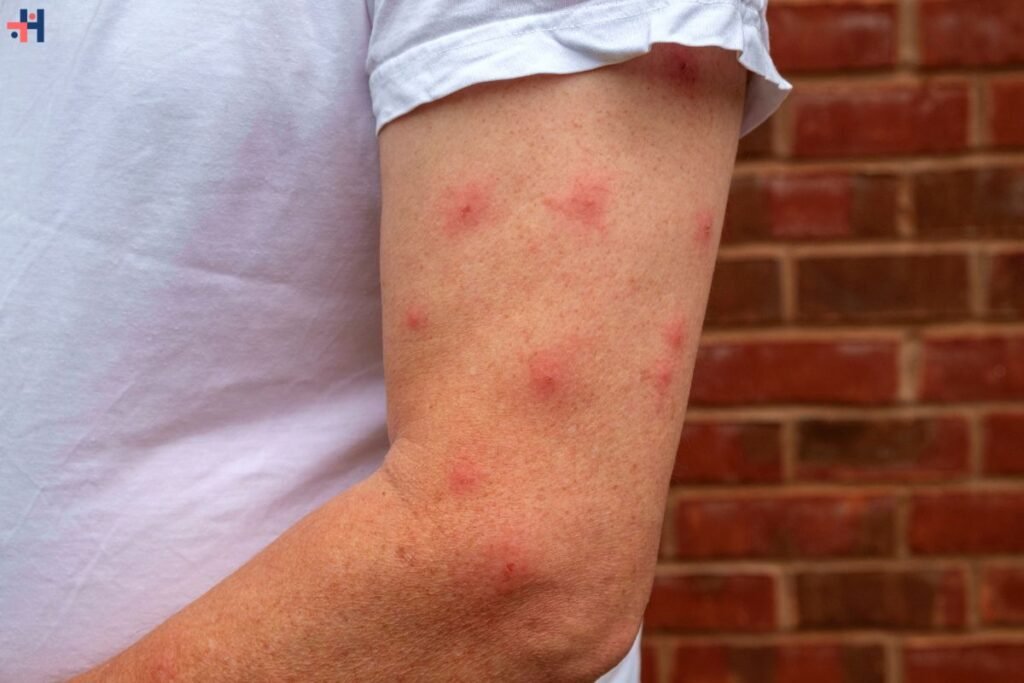Spider bites can evoke fear and curiosity alike, as these arachnids, though often harmless, possess the potential to deliver venomous bites that can range from mild irritation to severe reactions. This comprehensive guide delves into the world of spider bites, exploring their diversity, symptoms, treatment options, and preventive measures. Whether encountered in the wild or inadvertently at home, knowing how to identify and manage a bite of spider is essential for everyone’s safety and peace of mind.
Introduction to Spider Bites: What You Need to Know
A spider bite occurs when a spider injects venom into the skin during a defensive reaction or while hunting for prey. While most spiders are harmless to humans, a few species possess venom potent enough to cause significant health effects. Understanding the types of spiders, their habitats, and their typical behaviors can aid in identifying and responding to them effectively.
Common Types of Spiders Known for Biting Humans
Several spider species worldwide are known for their occasional bites on humans, each with distinct characteristics and venom potency:
Black Widow Spider (Latrodectus spp.):
- Known for its neurotoxic venom that affects the nervous system.
- Identified by its black body with a red hourglass-shaped marking on the abdomen.
- Found in dark, secluded areas such as basements, garages, and woodpiles.
Brown Recluse Spider (Loxosceles spp.):

- Recognized by its brown color and violin-shaped marking on the cephalothorax.
- Venom contains cytotoxins that can cause tissue necrosis and systemic symptoms.
- Prefers hiding in undisturbed areas like closets, attics, and sheds.
Hobo Spider (Eratigena spp.):
- Native to Europe and accidentally introduced to North America.
- Bites may cause localized necrosis and systemic symptoms.
- Often found in dark corners of homes, basements, and garages.
Identifying Spider Bites: Symptoms and Signs
Recognizing the signs of a spider bite can help differentiate it from other skin conditions or insect bites:
- Localized Symptoms: Redness, swelling, pain, and itching at the bite site.
- Systemic Symptoms: Headache, nausea, vomiting, fever, and muscle pain in severe cases.
- Skin Changes: Blistering, ulceration, and necrotic tissue in bites from venomous spiders like the brown recluse.
Treatment Options for Spider Bites
Immediate and appropriate treatment can alleviate symptoms and prevent complications
First Aid Measures:
- Wash the bite area with soap and water.
- Apply a cold compress to reduce swelling and pain.
- Elevate the affected limb if possible.
Pain Relief and Symptom Management:
- Over-the-counter pain relievers like acetaminophen or ibuprofen.
- Antihistamines to alleviate itching and allergic reactions.
Medical Evaluation and Treatment:
- Seek medical attention for bites from venomous spiders, especially black widows or brown recluse spiders.
- Antivenom may be administered in severe cases to counteract venom effects.
Preventive Measures to Avoid Spider Bites
Reducing the risk of spider bites involves proactive measures to minimize encounters with spiders and their habitats:
- Home Maintenance: Regular cleaning and decluttering to eliminate spider-hiding spots.
- Sealing Entry Points: Use screens on windows and doors, and seal cracks and gaps in walls.
- Outdoor Precautions: Wear gloves when gardening or working in areas with potential spider habitats.
- Awareness and Education: Educate yourself and others about spider species in your region and their behavior.
Misconceptions and Facts About Spider Bites
Addressing common myths can dispel misconceptions and promote accurate understanding:
- Myth: All spiders are dangerous.
- Fact: Most spiders are not aggressive towards humans and do not deliver harmful bites unless provoked or threatened.
- Myth: Spider bites always cause necrosis.
- Fact: Necrotic lesions are rare and typically associated with specific spider species like the brown recluse.
When to Seek Medical Attention

While most spiders are harmless and resolve with basic first aid, certain situations warrant prompt medical evaluation:
- Severe Symptoms: Difficulty breathing, chest pain, or severe abdominal cramping.
- Systemic Reactions: Dizziness, rapid pulse, or widespread rash.
- Signs of Infection: Increased pain, swelling, warmth, or pus at the bite site.
Advanced Treatments and Emerging Research on Spider Bites
As research continues to evolve, advancements in understanding spider venoms and developing targeted treatments are shaping the future of managing spiders. These developments aim to improve outcomes, reduce complications, and explore novel therapeutic avenues for both common and rare spider bites.
Understanding Spider Venom Composition
Spider venoms are complex cocktails of proteins and peptides designed to immobilize prey or defend against threats. Key components include:
- Neurotoxins: Target the nervous system, causing paralysis or neuromuscular blockade.
- Cytotoxins: Damage cells and tissues, leading to local necrosis and inflammation.
- Enzymes: Facilitate the breakdown of tissues and aid in digestion.
By analyzing the molecular structure and effects of spider venoms, researchers can identify potential targets for new therapies and antivenoms.
Antivenom Development and Therapeutic Strategies
Antivenoms play a crucial role in treating severe spider envenomations by neutralizing venom toxins and preventing systemic effects. Current efforts focus on:
- Species-Specific Antivenoms: Tailored formulations for venomous spiders like black widows and brown recluses.
- Polyvalent Antivenoms: Broad-spectrum formulations effective against multiple spider species.
- Recombinant Antivenoms: Engineered antibodies targeting specific venom components, offering precision and reduced risk of adverse reactions.
Novel Approaches in Spider Bite Management
Beyond traditional antivenom therapies, innovative treatments are being explored to enhance efficacy and reduce treatment times:
- Drug Therapies: Research into medications that target venom pathways, such as calcium channel blockers or sodium channel inhibitors, to mitigate venom effects.
- Topical Treatments: Development of topical formulations to directly neutralize venom at the bite site, potentially reducing systemic absorption and improving outcomes.
- Gene Therapy: Experimental approaches using gene editing techniques to modify venomous spider species, reducing venom potency or altering venom composition.
Biotechnological Advances and Venom Research

Advancements in biotechnology and venom research offer new insights into spider venom diversity and potential therapeutic applications:
- Venomomics: High-throughput sequencing and bioinformatics to catalog venom components across spider species.
- Proteomics: Identification and characterization of venom proteins for targeted drug discovery.
- Bioengineering: Design of synthetic toxins or venom-derived compounds for therapeutic use, such as pain management or neurological disorders.
Clinical Trials and Evidence-Based Practices
Clinical trials are essential for validating new treatments and optimizing existing therapies for spider bites:
- Efficacy Studies: Assessing the effectiveness of novel antivenoms in neutralizing venom toxins and improving patient outcomes.
- Safety Profiles: Evaluating the safety and tolerability of emerging therapies, minimizing risks of adverse reactions.
- Long-Term Monitoring: Follow-up studies to monitor treatment efficacy, recurrence of symptoms, and long-term sequelae of spider envenomations.
Public Health Strategies and Education
Education and awareness initiatives are crucial for preventing spider bites and promoting prompt treatment:
- Public Awareness Campaigns: Providing information on spider identification, bite recognition, and first aid measures.
- Healthcare Provider Training: Continuing education for medical professionals on spider bite management and emerging treatments.
- Community Outreach: Engaging communities in spider bite prevention through environmental management and personal protection strategies.
Global Collaboration and Future Directions
Collaboration between researchers, healthcare providers, pharmaceutical companies, and regulatory agencies is essential for advancing spider bite research and treatment options:
- International Partnerships: Sharing data, resources, and expertise to address global health challenges posed by venomous spiders.
- Regulatory Harmonization: Standardizing protocols for antivenom development, clinical trials, and patient care to ensure consistent quality and safety.
Conclusion: Staying Informed and Prepared
Understanding spider bites empowers individuals to recognize potential risks, respond effectively, and seek appropriate medical care when necessary. By familiarizing yourself with common spider species, their behaviors, and the signs of venomous bites, you can mitigate risks and promote safety for yourself and those around you. By harnessing scientific advancements in venom biology, biotechnology, and therapeutic development, we can better understand spider venoms, develop targeted treatments, and ultimately reduce the burden of spider envenomations worldwide.









